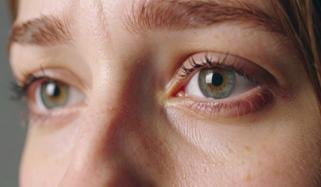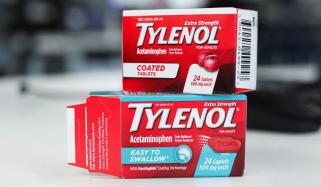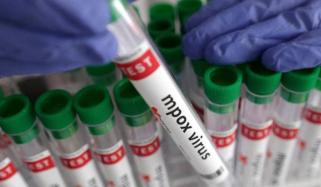
A recent study discovered that a new gene test may assist predict which gout patients could suffer dangerous skin reactions from the commonly prescribed drug Allopurinol.
According to research published in the JAMA Dermatology, scientists found a new gene, HLA-A*34:02, that, when combined with the already known HLA-B*58:01, could explain over 80% of severe skin reactions among US patients consuming Allopurinol.
Lead researcher Dr. Elizabeth Phillips of Vanderbilt University Medical Center stated, HLA-A*34:02 appears very important as a risk factor in U.S. patients with severe cutaneous adverse reactions.”
Gout, a painful form of Arthritis, happens when excess uric acid builds up in the body, forming crystals in the joints leading to intense pain.
Allopurinol is used to treat uric acid but can trigger fatal skin reaction conditions like toxic epidermal necrolysis, Stevens-Johnson syndrome, and more that causes blisters, rashes, and more.
The HLA-B*58:01 gene explains maximum reactions in Southeast Asian patients and is used to screen; however, it misses nearly one-third of at-risk patients across the US, particularly Black patients.
Researchers hope future drug hypersensitivity panels will better detect patients at risk for severe medication reactions.












